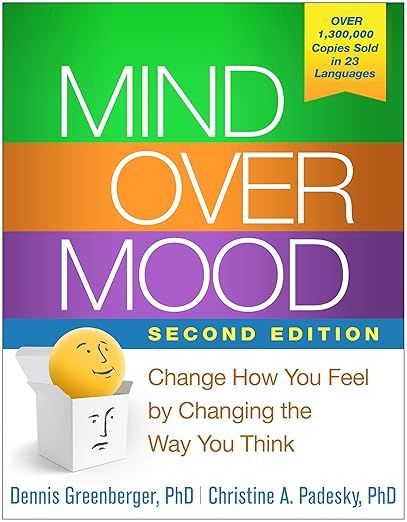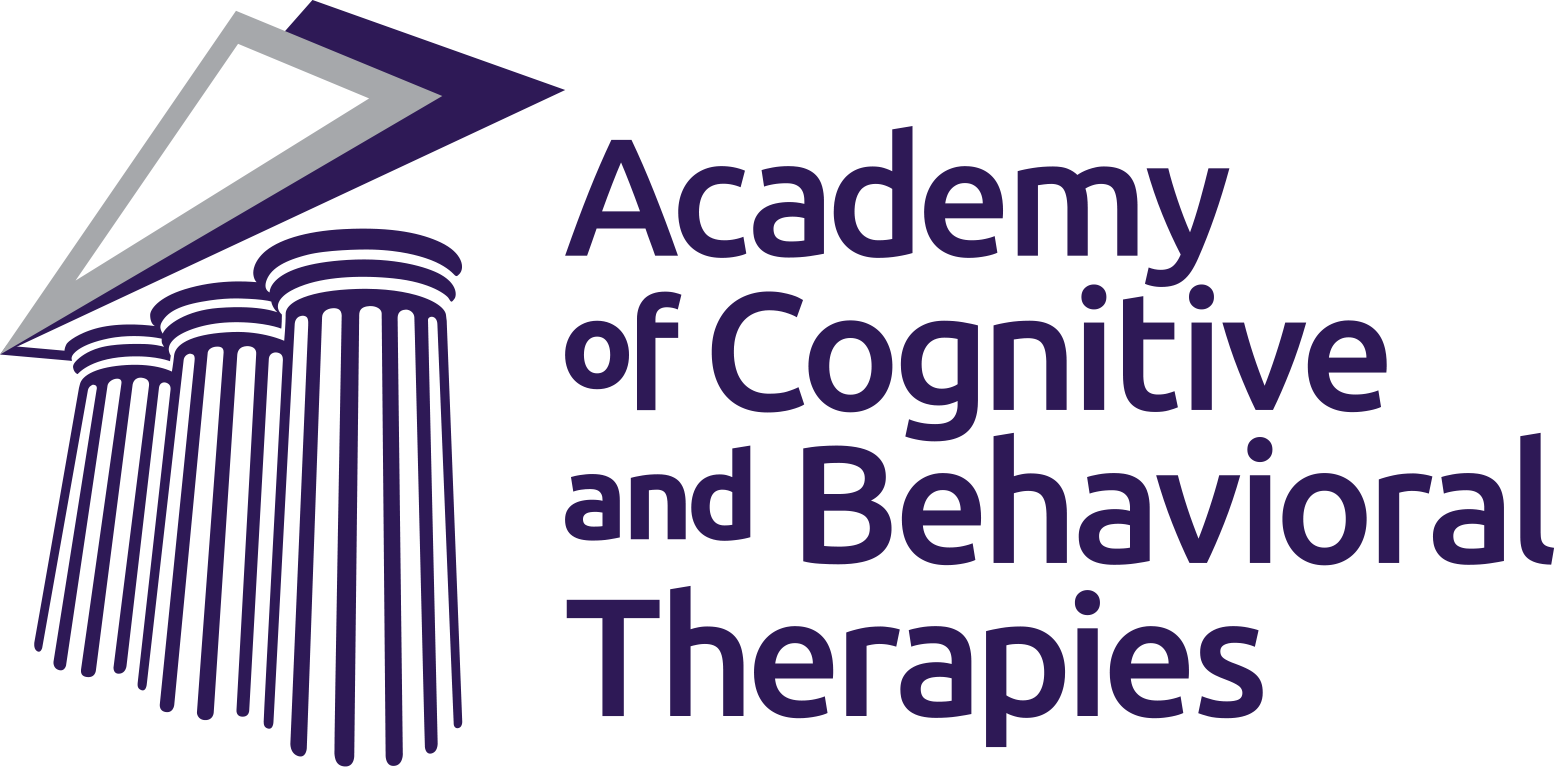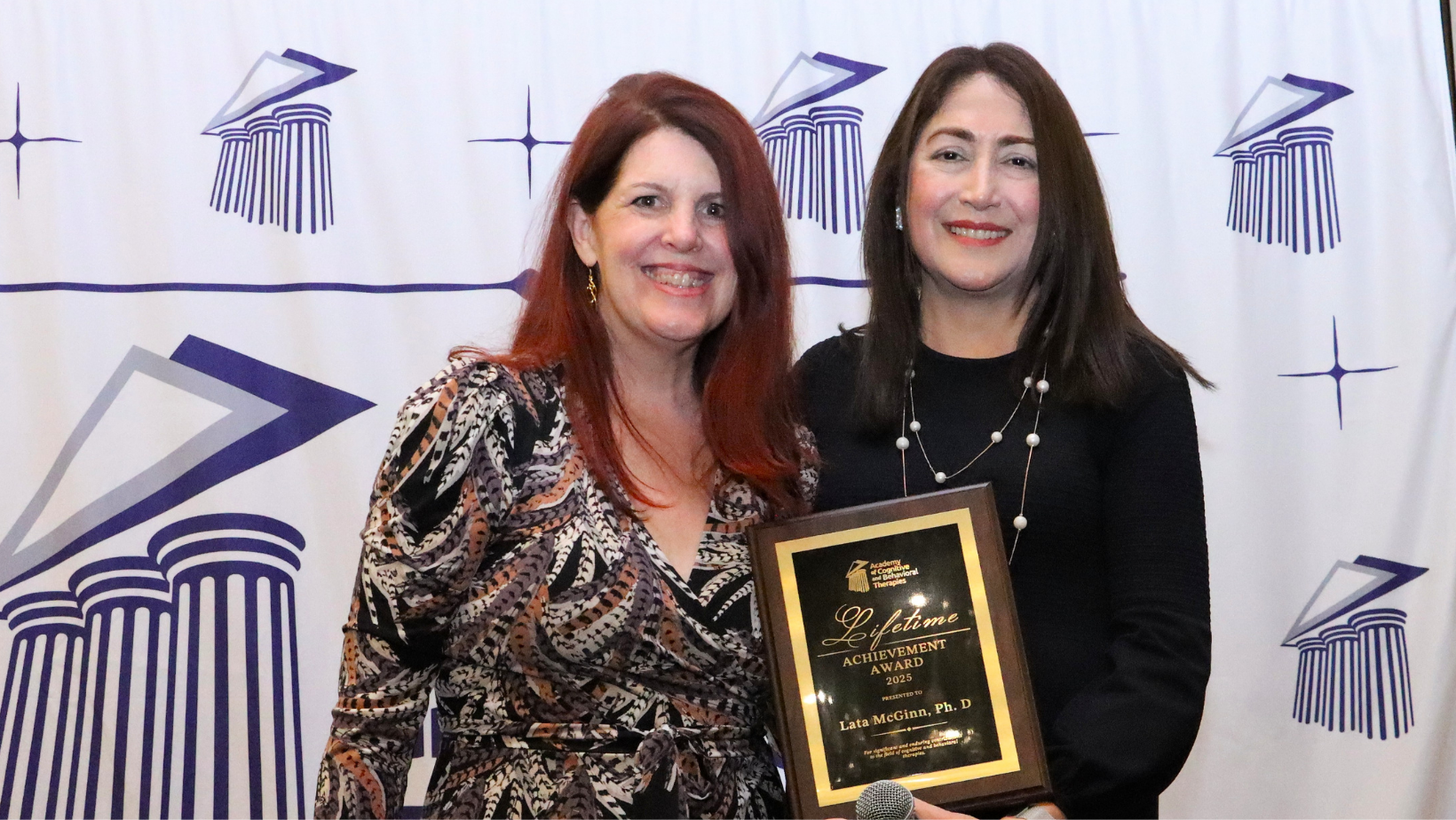In my private practice, I see clients from a variety of cultural backgrounds. During our first session together, I am intentional to explore the ways in which their cultural contexts and values influence their presenting concerns and goals for therapy. These conversations are often initiated with questions as simple as “What are your most important cultural identities?” “How are your problems influenced by these identities?” and “What values and ways of coping come from these identities that feel important for us to honor in our work together?” These questions invariably create space to recognize strengths rooted in culture and uncover coping strategies shaped by family or community.
CBT: Meeting the Needs of a Changing World
Written by Dr. Janeé M. Steele, PhD, LPC
I did not always plan to become a CBT therapist. In fact, during my doctoral training, I initially had somewhat of an aversion to CBT. I’d always been a flower child of sorts, and what I perceived to be the cold logic of CBT did not sit well with my intuitive, person-centered beliefs about healing.
Then I began seeing clients. Suddenly, those core conditions of acceptance, empathy, and authenticity felt necessary for therapeutic change, but not sufficient. Instead, every session felt like a freefall, guided by deep caring, but lacking structure. I needed a framework that would be more directive in helping me and my clients know where to go next. That’s when I turned to CBT.
Discovering CBT
In a time before Amazon, I remember walking into my local Barnes & Noble and asking the sales associate where the books on CBT were. He pointed to a nearby shelf, and I walked over and picked up the last copy of the only book they had on the subject, Mind Over Mood, published in 1995 and authored by Dennis Greenberger and Christine Padesky. I took the book home, completely unaware of how much it would revolutionize the way I thought about how problems develop, and more importantly, how people find their way through them.
I was a late convert, but CBT has long been considered the gold standard of care within the psychological community. This is because decades of research have consistently shown CBT to be highly effective across a wide range of mental health concerns. Yet, the theory is not without its criticisms. In particular, scholars have noted two primary limitations.

Acknowledging Systemic Inequities

At a moment when systemic inequities are difficult to ignore, the weight of these criticisms feels especially heavy. Around us, people are losing their rights, indignities are becoming normalized, and the baseline of human decency is slipping. These realities don’t just shape the social landscape, they leave deep psychological imprints, fueling anxiety, depression, and a pervasive sense of disconnection.
Amid this widespread social strain, the limits of traditional CBT can no longer be overlooked. The world is changing. In order for CBT to meet the needs of a changing world, it too must change. Two shifts in light of the criticisms discussed above feel especially urgent. First, CBT must do a better job of integrating cultural context and collective values into therapy, recognizing that problems are not formed or healed in isolation but within families, communities, and broader systems. Second, CBT must expand its vision beyond symptom reduction to embrace liberation and empowerment, helping clients not only manage distress but reclaim agency and affirm identity. Fortunately, CBT has already taken steps in this direction. For instance, in a recent conversation with Christine Padesky, she told me that she and Dennis paid special attention in writing the 2nd edition of Mind Over Mood (2015) to include more cultural diversity. Even so, she acknowledged that efforts to make CBT culturally adaptive are still in their early stages. In clinical settings, therapists can build upon this progress and the work of scholars leading these efforts such as Monnica Williams, Broderick Sawyer, and even myself to not only help clients manage symptoms, but also honor their stories, communities, and rights to joy and liberty.
Integrating Cultural Context and Collective Values
Application of an Integrative Approach
In one example, I worked with an African man struggling with anxiety and depression. He was having some success with the cognitive restructuring and behavioral activation strategies we implemented, but his improvements seemed to only go so far. Curious about what might be missing, I researched cultural views on the origin of psychological problems within his ethnic background and learned that problems were often understood in relation to unresolved traumas in one’s ancestral line. When I asked the client if this perspective resonated, he said yes, and that acknowledgment opened up an entirely new route in our work together. Together, we used guided discovery to explore this spiritual perspective, which uncovered negative core beliefs about being a failure and unhappy regardless of his choices. With this culturally nuanced understanding, we were able to integrate ancestral wisdom, incorporate body-centered practices rooted in African healing and movement, and draw on spirituality to deepen self-compassion and loving-kindness as strategies to counter his sense of failure.
Before moving on, I want to make one critical point. These ideas are not just for people with marginalized identities. Cultural context shapes us all, whether we hold marginalized or privileged identities. Therefore, it’s important that all clients are given opportunities to explore how cultural values, norms, and systemic forces influence their beliefs, behaviors, and sense of self. In another example, I worked with a White man struggling with depression that he linked in part to career dissatisfaction. Over time, it became clear that much of his distress stemmed from cultural values he had internalized at the expense of his own happiness, including individual achievement at the cost of relationships, competition, control over the environment, and the belief that success and attractiveness are determined by status and power. These values left him feeling disconnected and unfulfilled. By naming the dominant cultural norms at play and the oppressive narratives they help to support, we were able to challenge rigid beliefs about success and broaden his sense of what a meaningful and balanced life could look like.

Embracing Liberation and Empowerment
Within the examples shared above is the notion that symptom reduction alone is not enough. Clients’ responses to oppression are often understandable, even reasonable, given the conditions they face. If therapy only seeks to adjust clients so that they can better tolerate unjust circumstances, it risks causing further harm by invalidating their lived realities. More concerning, it can also reinforce the very oppression that contributes to their suffering, leaving systems of inequity unchallenged.
Returning to my example of the African client experiencing depression, part of his presenting concern was the racism he faced at his place of employment. These experiences of discrimination not only caused him to worry that he would lose his job but also triggered his core belief that he was a failure, as he relied on his earnings to provide for his family back in Africa. In therapy, increasing his critical consciousness about the systemic nature of racism became just as important as challenging his negative thoughts. In fact, learning more about racism in the workplace helped to dispel some of the self-blame he experienced in the situation, which was cathartic in itself. Strengthening his self-advocacy skills so that he could navigate workplace challenges with greater confidence and agency also helped to provide relief.
Discovering Joy

Conclusion
The vision of CBT I describe in this blog, a vision that honors cultural context and empowers resistance to oppression, points to how CBT must continue to evolve in order to remain relevant and responsive in a changing world. When I first encountered CBT, I resisted it, dismissing it as too cold and mechanical for the kind of healing I believed in. Yet over time, I came to see its strength as a framework flexible enough to provide structure while also holding space for empathy, identity, and empowerment. The future of CBT depends on this balance, offering clients tools to reduce distress while also affirming their humanity, honoring their experiences, and supporting their steps toward liberation.
About the author:
Dr. Janeé Steele is the Owner of Kalamazoo Cognitive and Behavioral Therapy, PLLC, where she provides therapy, clinical supervision, and training in cognitive-behavioral therapy. In addition to her clinical work, she is an educator, author, and speaker specializing in diversity, equity, and inclusion (DEI). Dr. Steele emphasizes that DEI affects everyone. Without practices that promote belonging and equity, organizations experience declines in morale, creativity, productivity, and overall wellness, while individuals impacted by inequities may face psychological harm. To address these challenges, she developed the DARE approach to DEI, which focuses on implicit bias: Define implicit bias, Assess personal bias, Reduce bias, and Engage in regular reflection on values, stereotypes, and worldviews.
Through her work, Dr. Steele helps organizations and clinical practices foster cultures of belonging by reducing bias, increasing cultural sensitivity, and creating equitable opportunities for all. She also serves as a board member of the Academy of Cognitive and Behavioral Therapies.







